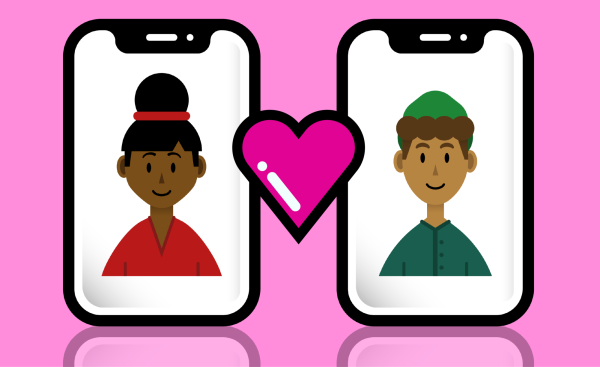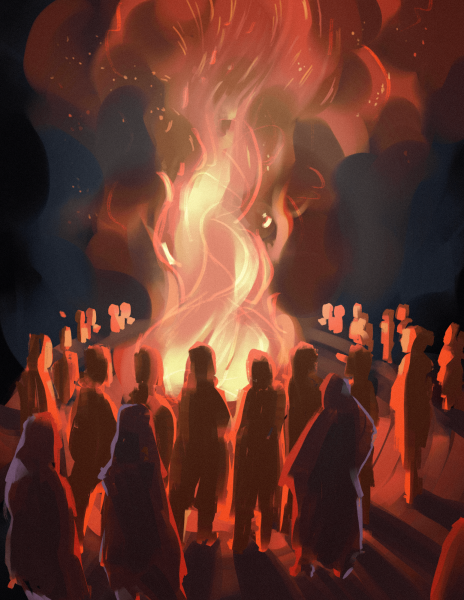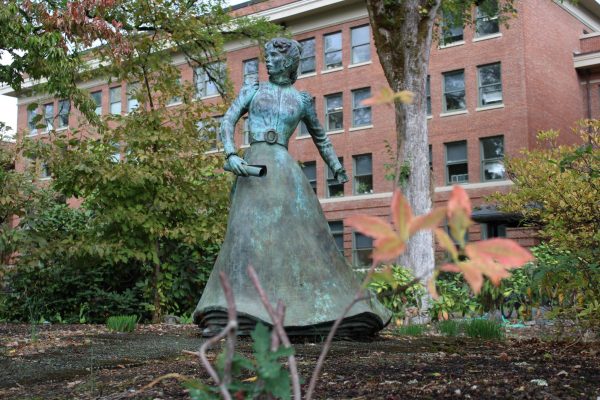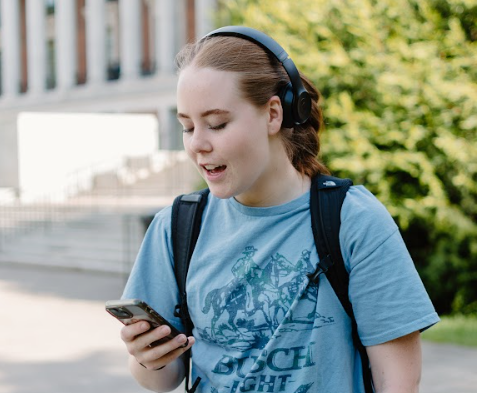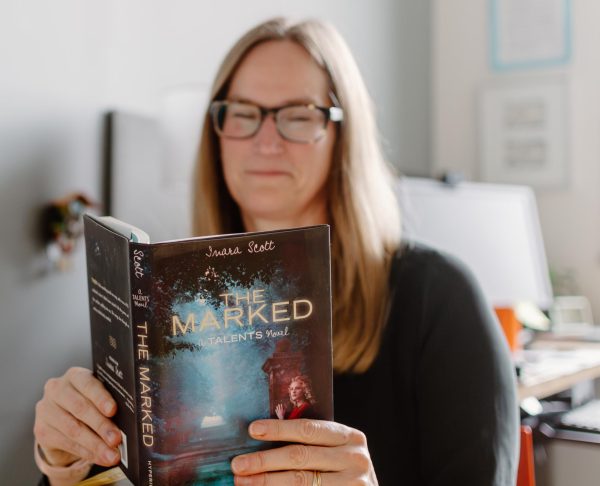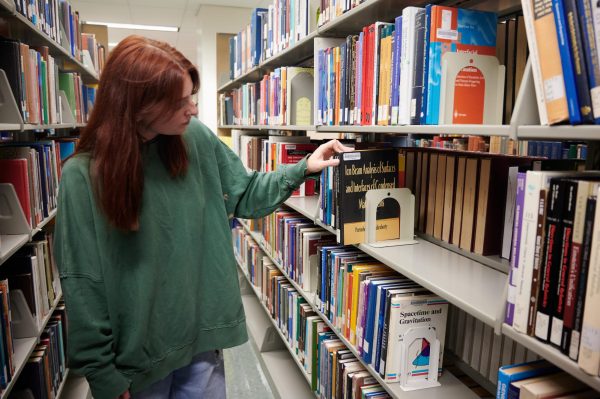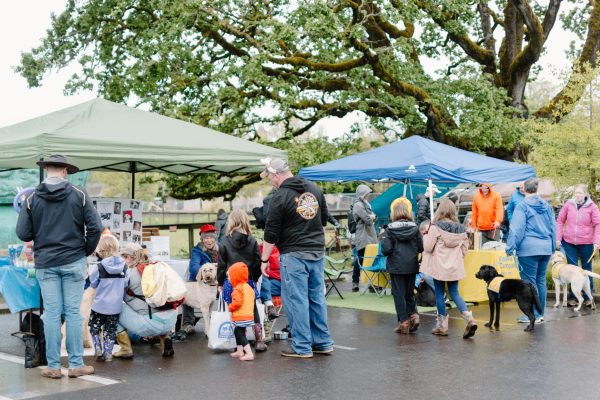Women and Gender Center, WGSS program celebrate 50 years on campus
An illustration depicting celebrations for the 50th anniversary of the WGSS program at OSU.
November 3, 2022
As the Women and Gender Center and the Women, Gender and Sexuality Studies program both approach their 50th anniversary, now becomes a good time for reflection.
Student workers at the Women’s Center are reconnecting with their past to uncover the history of the center and better understand the present to do better in the future.
50 years is a lot of time to build up history in one building.
In 1973, they were given a building that had plans to be demolished as the old Paleontology, Chemistry, and Station building. This is now the second oldest building on campus.
Jeanne Dost, who founded the center and program, convinced university administration to turn the building over to the Women’s Center. However, rather than giving it a formal title, the university decided to label it as the Benton Annex.
It wasn’t until campus protests in 2018 to change racist and problematic building names that the Women’s Center got to claim an official title.
The name change to Hattie Redmond was an intentional choice to reflect the work the center has done to be more gender and racially-inclusive. Hattie Redmond was a Black suffragist living in Oregon at a time when Black people weren’t allowed to live in-state. Her legacy now lives on in the center.
“I love to imagine the stories in these walls,” Whitney Archer, WGC center director, said.
Throughout the year, there will be celebratory events hosted through the center and the program, with a joint celebration in early January not yet revealed. In addition, each event they have will be viewed through the lens of the anniversary and highlight what that means to them.
The start of the center and the program are so intertwined as they were birthed from the same building. The program has now taken a life of its own, but will always remain intertwined with the center. There is a relationship and commitment between the work that their program does and the center to make a change.
Much like the center, the degree started out as women’s studies but was changed around 11 years ago to be called Women, Gender and Sexuality Studies to accurately reflect the history and commitment of the work they were already doing, in light of the queer studies program and other evolving processes.
Classes across the WGSS discipline have often focused in on queer rights, the rights of trans folk, women of color and of those with Indigenous two-spirit identities.
Looking to the future, Qwo-Li Driskill, assistant professor in the WGSS program, expressed hope to continue to see the programs grow with more majors and minors, but also hopes to see a wider recognition of all the work the people do in the program, both students and faculty.
“The program has ties all over campus that often go unnoticed,” Driskill said.
Archer hopes to see the center continue to grow in nuanced ways and evolve based on the students it is serving.
“I hope that in 50 years from now more students find community at OSU and that the cultural center is a part of that,” Archer said.





